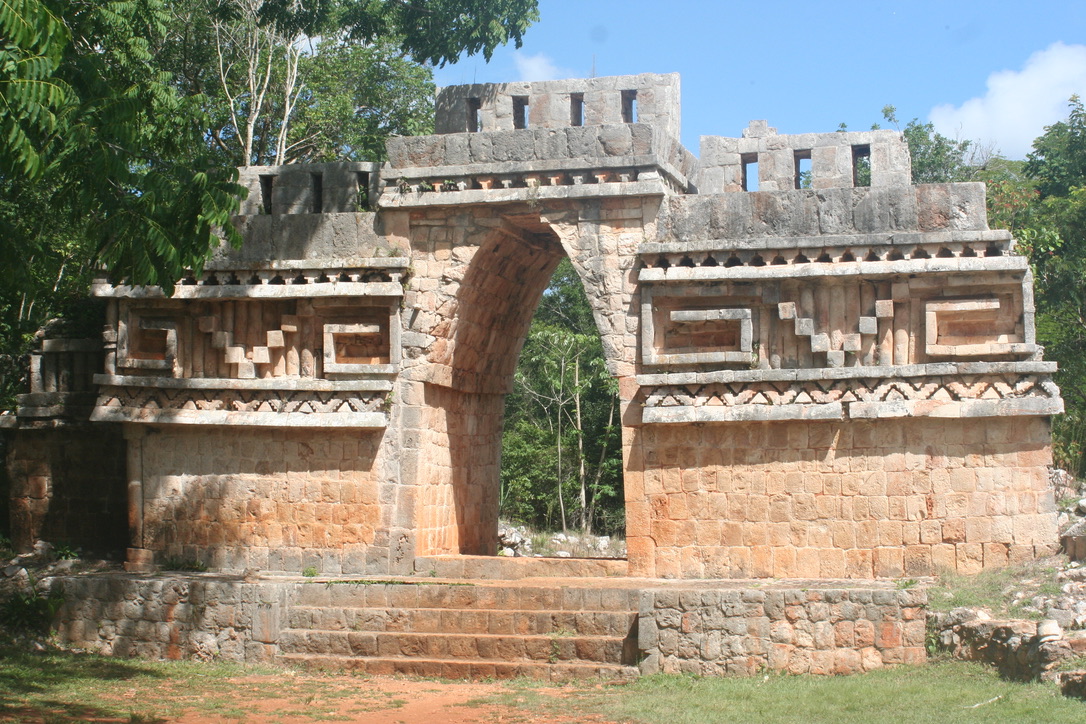Maya ruins to visit, #6: Kabah & Labná, Yucatán, Mexico
I brought a visit to Kabah and Labná in August 2018. An early visit that started at the historic Hacienda Uxmal, where I had spent the night. Although my number #8 Maya-city Uxmal is more famous, Kabah & Labná occupy a higher spot on my Personal Top #12 list.
For sure, the former capital Uxmal is big & impressive. Stately really. For that reason, also another favorite of mine. However, my visit to Kabah & Labná was unforgettable. They left me, my wife Wendy & daughter Lisa with indelible impressions. Due to their beauty, but mostly because we were (almost) the only ones there.
And that was special, after we had visited Uxmal the day before. Together with hundreds of other people. Including a group of bored Dutch adolescents, who were obviously obliged to accompany their parents that hot summer day.
In Kabah & Labná though, we were the happy few. It felt as if we were the RE-discoverers of both these beautiful Maya-sites.
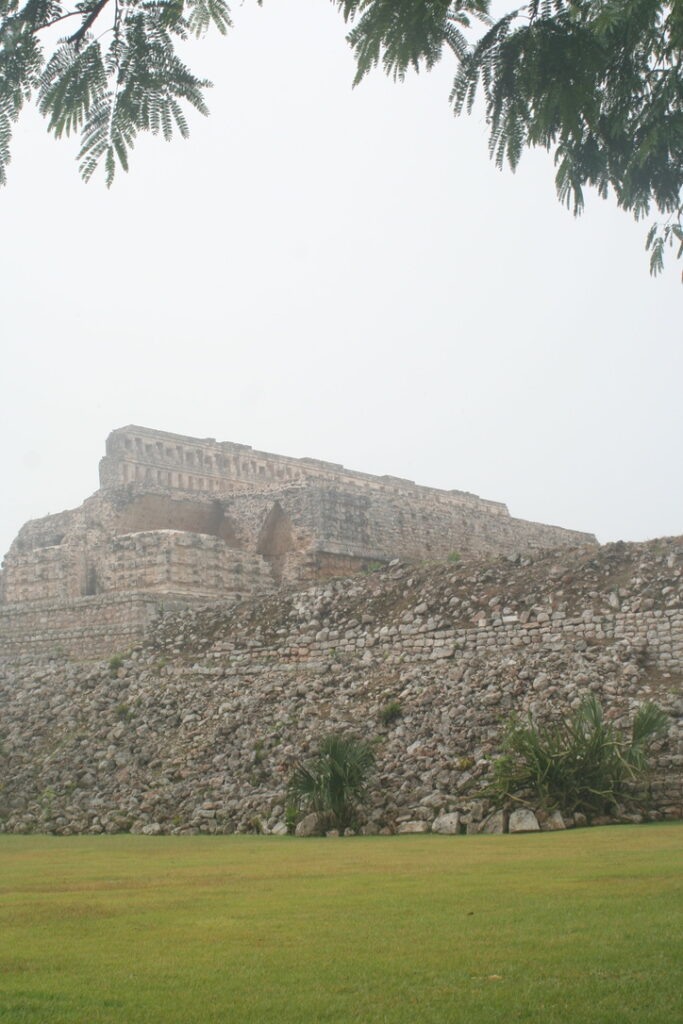
The unique Maya-sites in the Puuc region
The Puuc-region is an unique area of Yucatán. Unlike the rest of the peninsula it isn’t flat, but hilly. Because of the Puuc-hills.
Besides this geographical peculiarity, the style of the temples is different as well. Different from many other Maya-sites on the peninsula, but certainly in comparison with the rest of the Maya World.
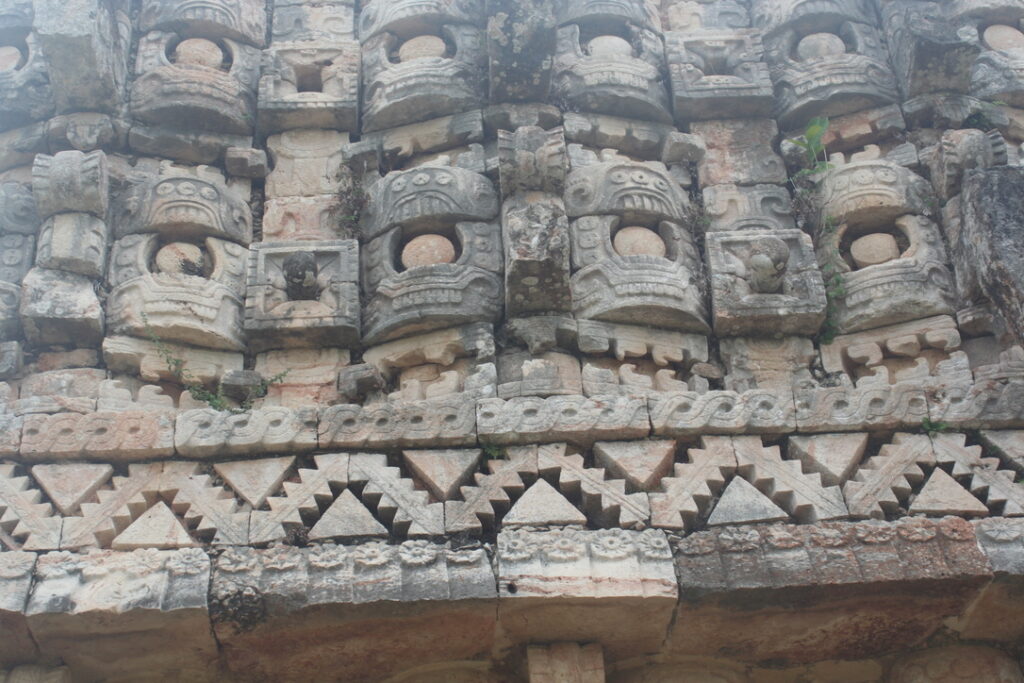
The temples of Uxmal are the biggest examples of this Puuc-style. But you’ll find it throughout the whole area around the former capital. Foremost, the cities nearby. Places that in many ways depended on Uxmal and were literally connected to it.
- Kabah and Labná are just two of many examples in the area. Some of which, still are hidden. Others though, are open to the public. Like for example Sayil, which we didn’t visit. Yet, converted itself in one of several reasons to go back to Yucatán asap.
- The Puuc-sites, like Uxmal, Kabah, Labná & others had their heyday just when many Classical cities to the South experienced a downfall (around and about the 9th century). Like Tikal, Palenque & Copán. There’s reason to believe that many inhabitants of these cities fled to Yucatán. Profiting from this migration.
- Soon however Uxmal & surrounding places would also loose their mayor role on the peninsula (around 1000 AD). When power shifted to other mayor cities, like Chichén Itza and later on, Mayapan).
- Some of the Maya-cities on Yucatán were still inhabited when the Spaniards arrived, like Tulum. Places like Uxmal, Kabah & Labná though were abandoned already. Centuries ago.
Rediscovery of the Maya cities in the Puuc-region
One of the first Westerners to visit Uxmal was the New Yorker John L. Stephens. He visited the city in 1840 and 1842, together with his British travel-companion Frederick Catherwood.
- To read more about these two remarkable men, see my Introduction to the Maya World. I’m actually writing a “book” about them. In Dutch, but with plans to translate it to English asap.
While staying & working at Uxmal the second time, Stephens saw a chance to escape the site for a while. Make a tour of the surrounding area. That’s when he brought a visit to Kabah & Labná. Probably, the first foreigner to do so. Soon thereafter he went back with Catherwood, who made some drawings of the main ruins.
Photo impressions of our visit to the Maya-city of Kabah
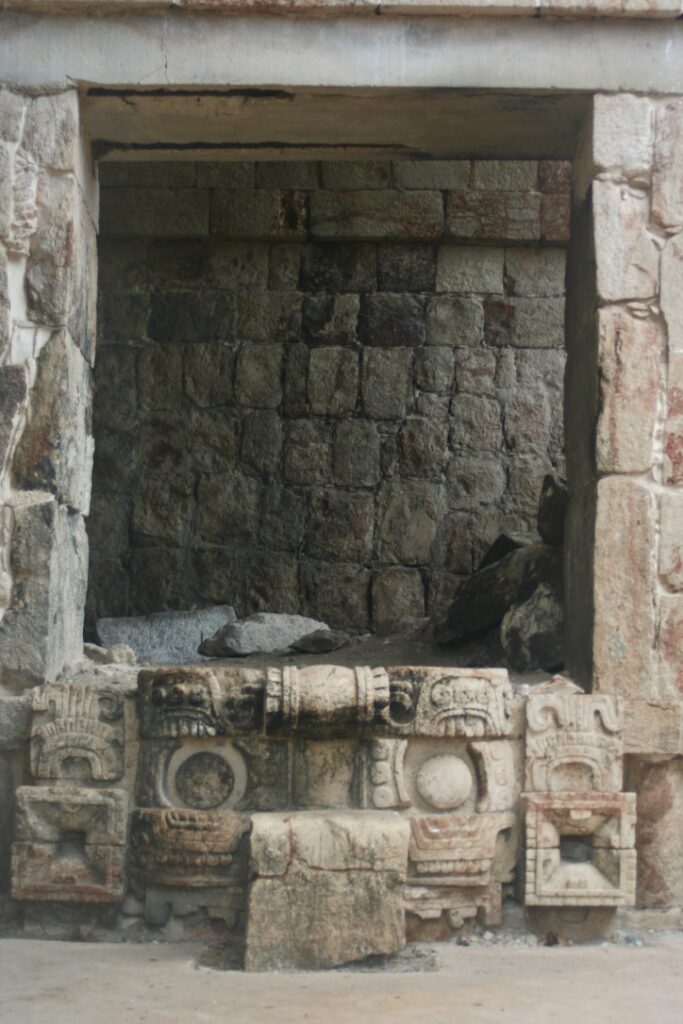
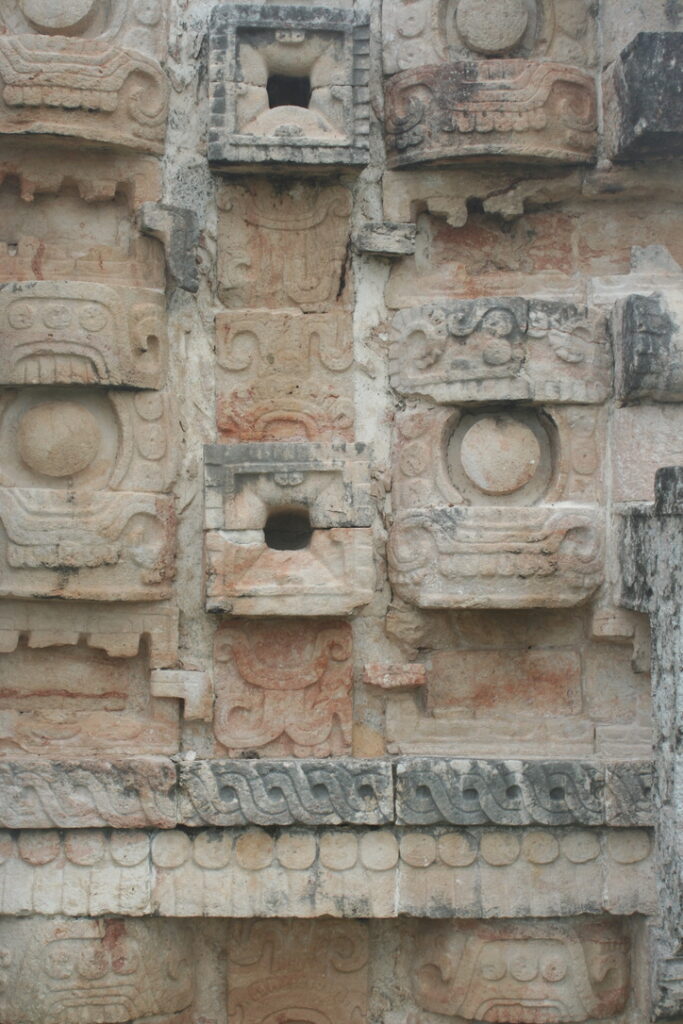
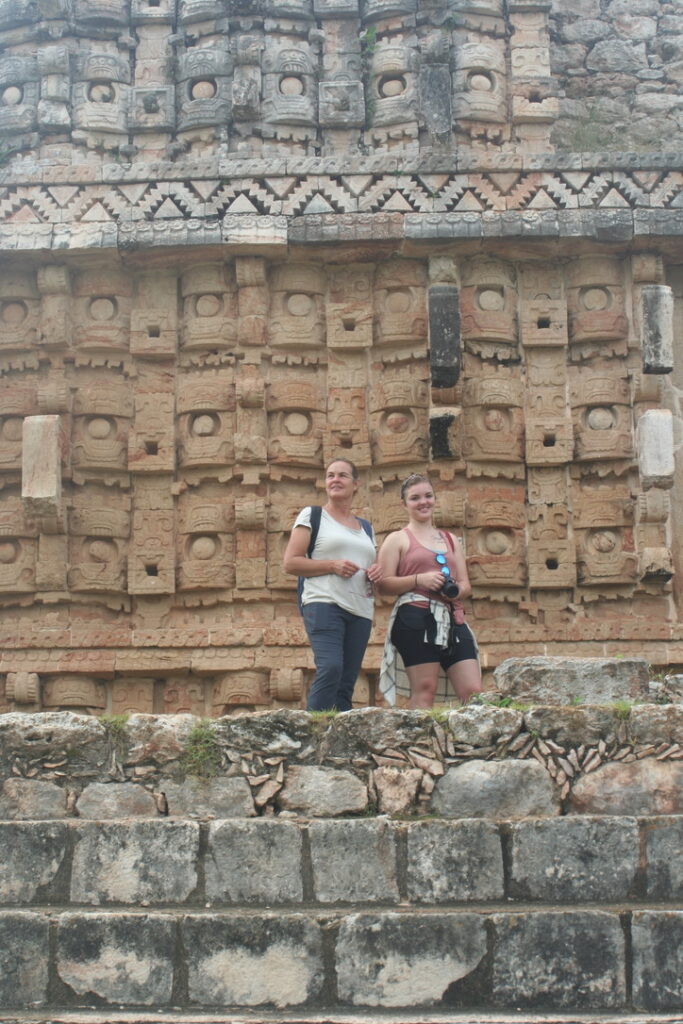
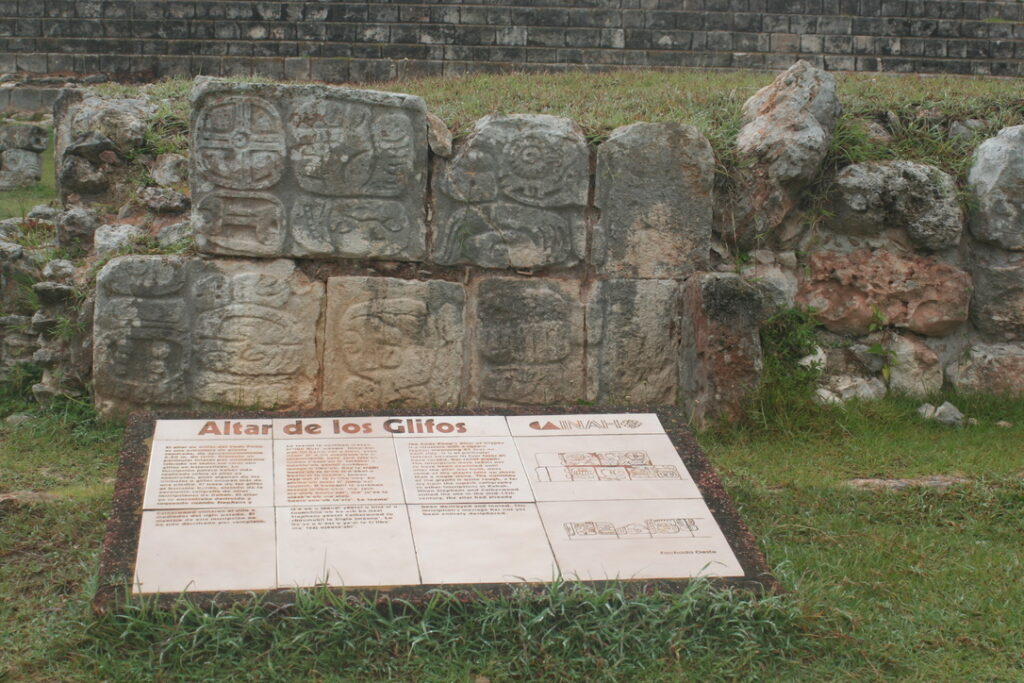
After we had brought a visit to the ceremonial center of Kabah, we crossed the main access road to visit the famous Gateway or Arch of Kabah.
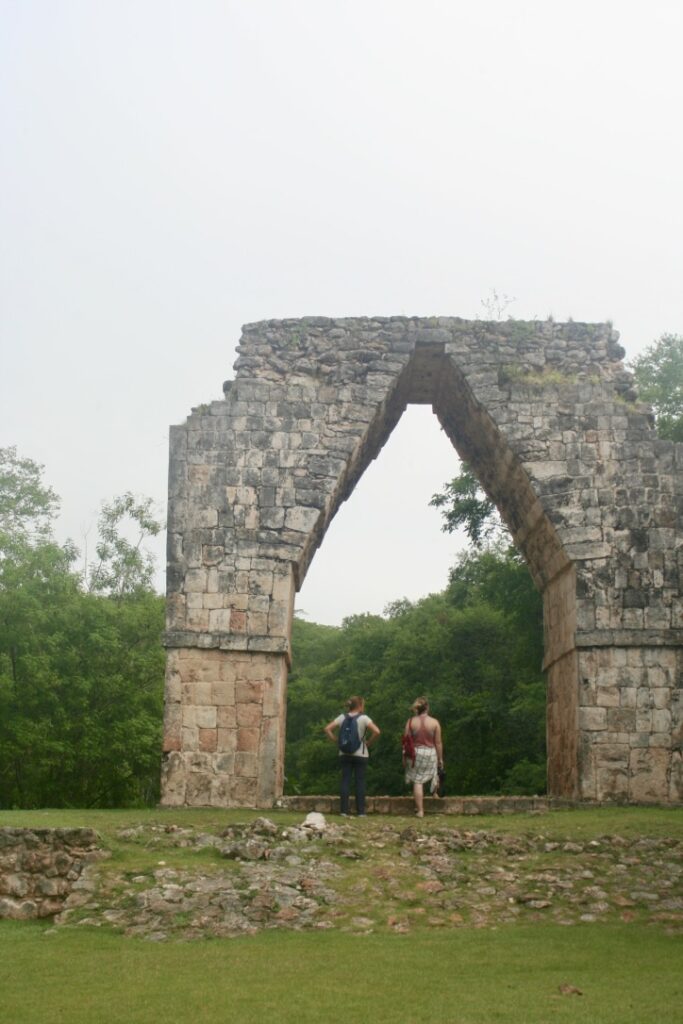
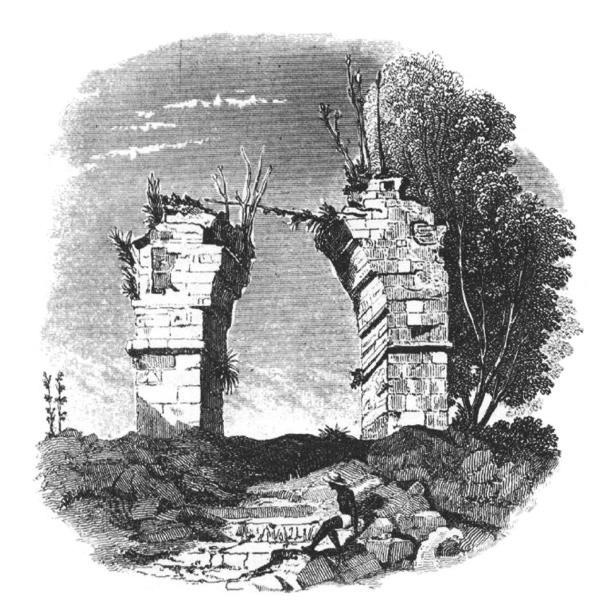
Photo impressions of our visit to the Maya-city of Labná
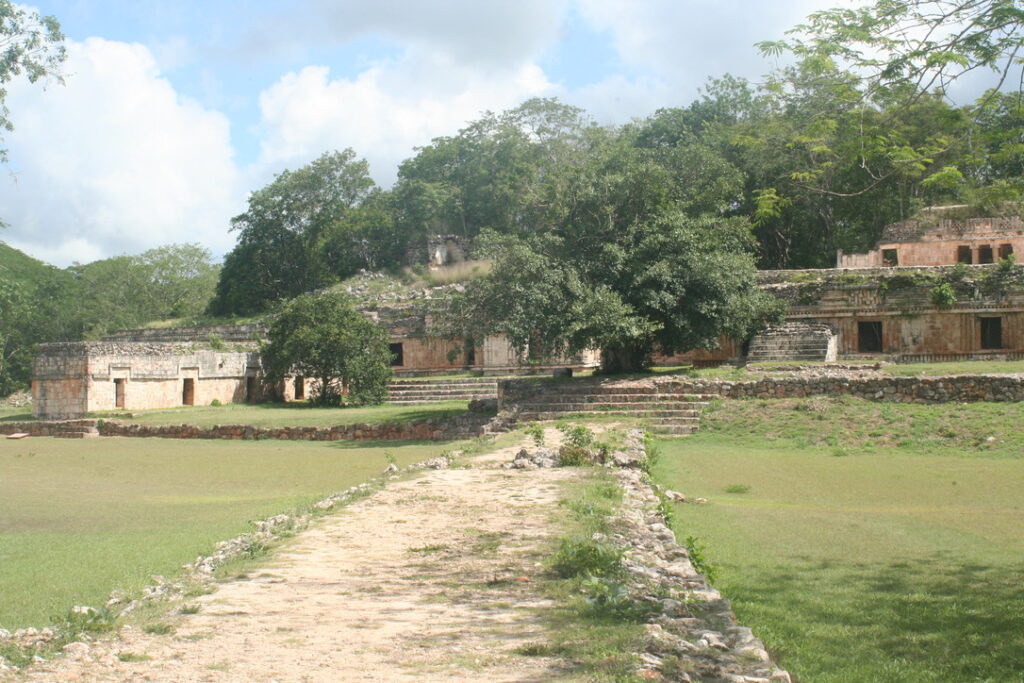
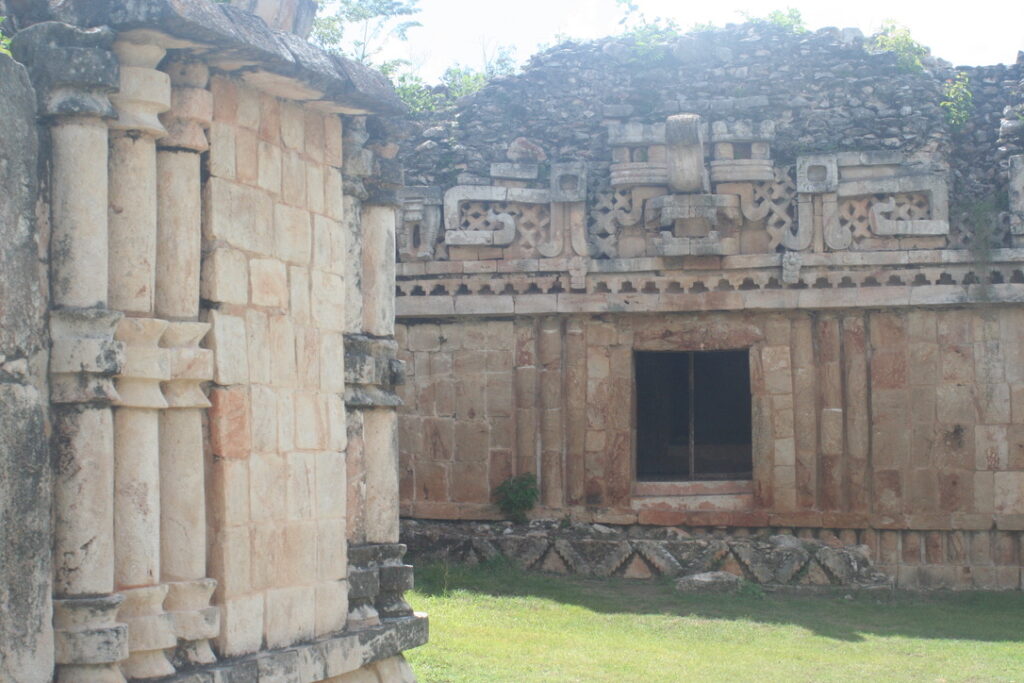
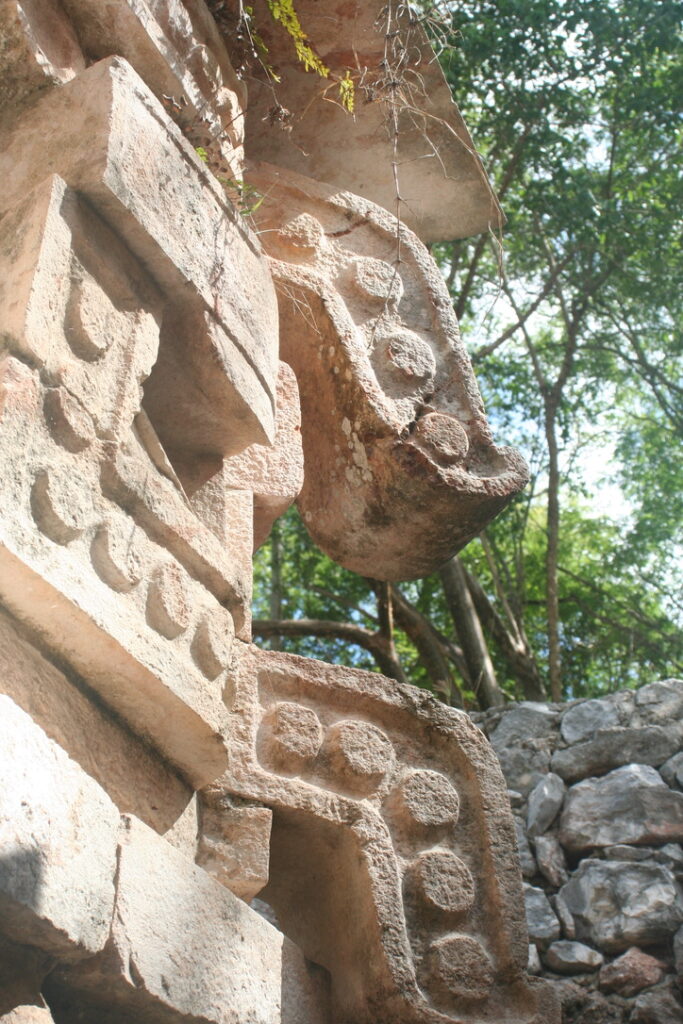
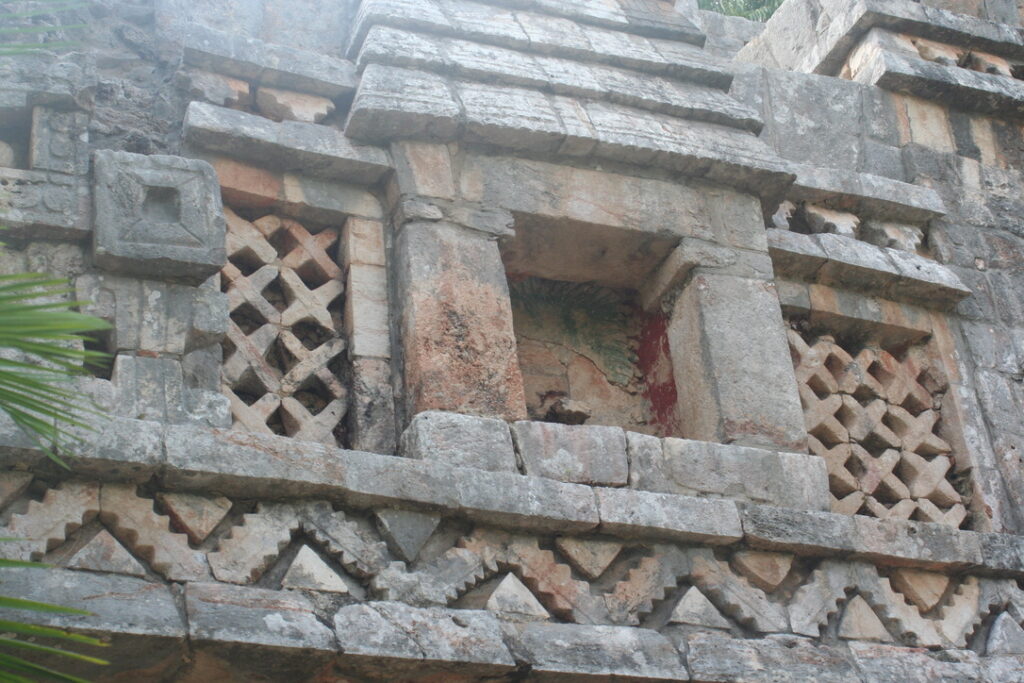
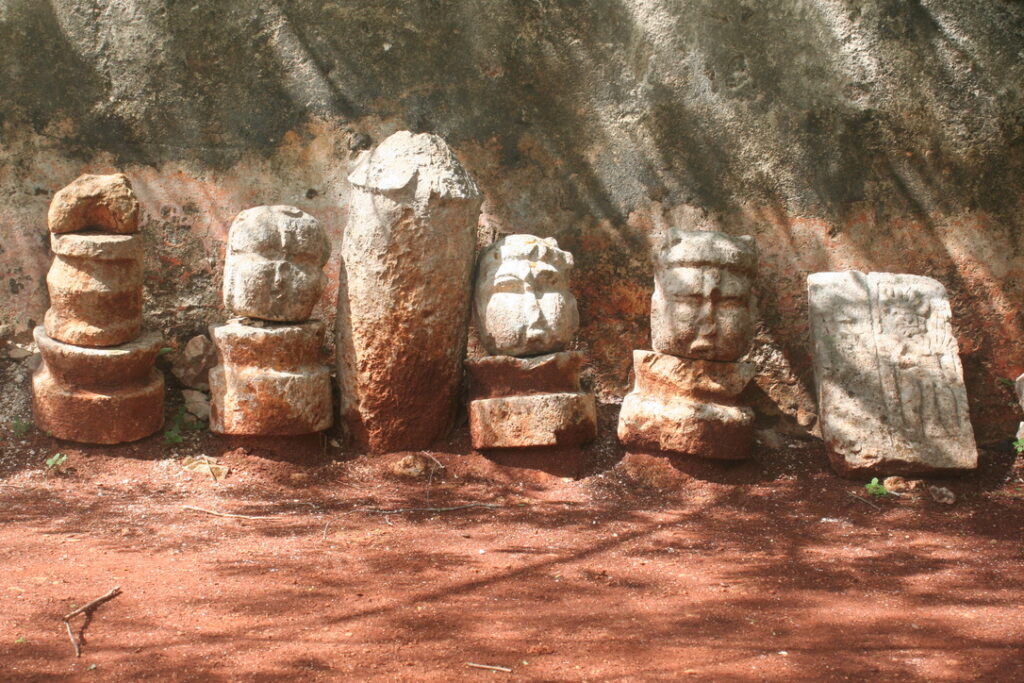
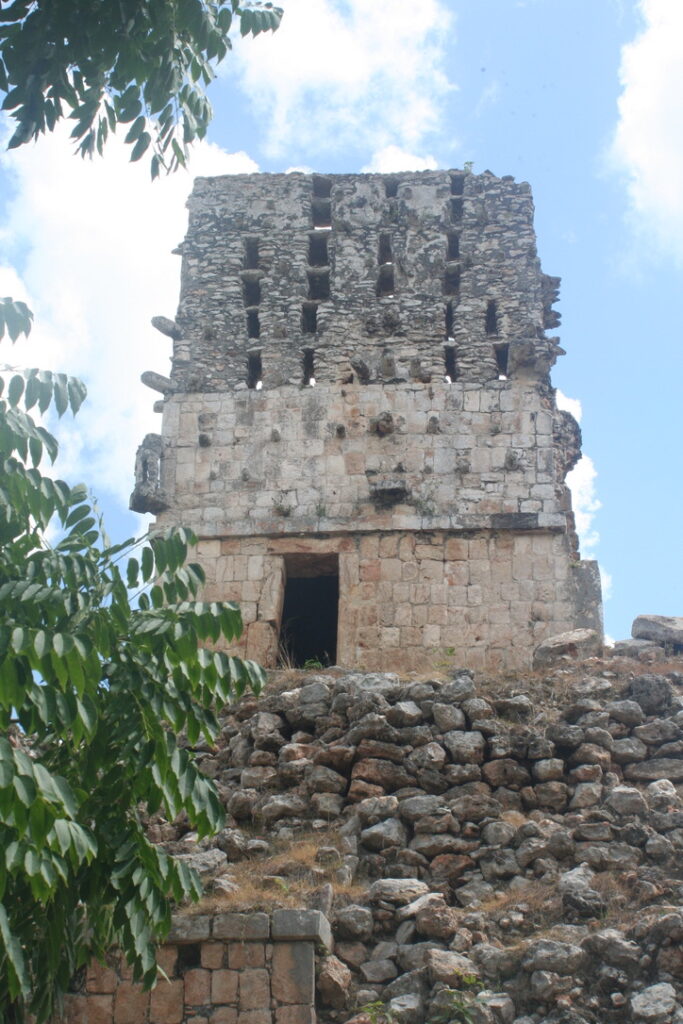
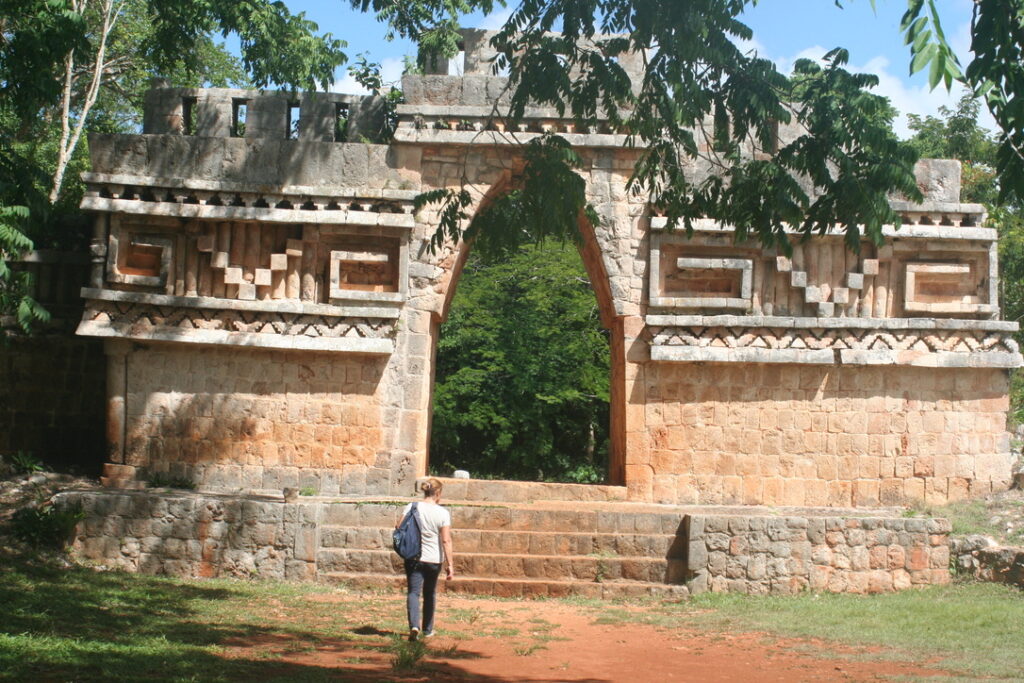
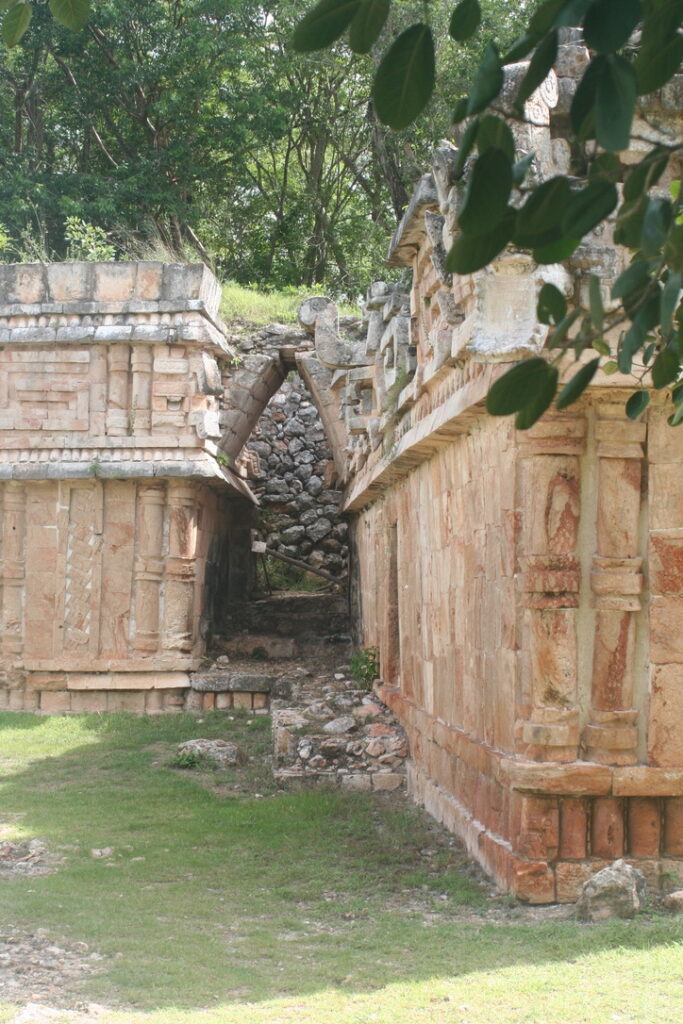
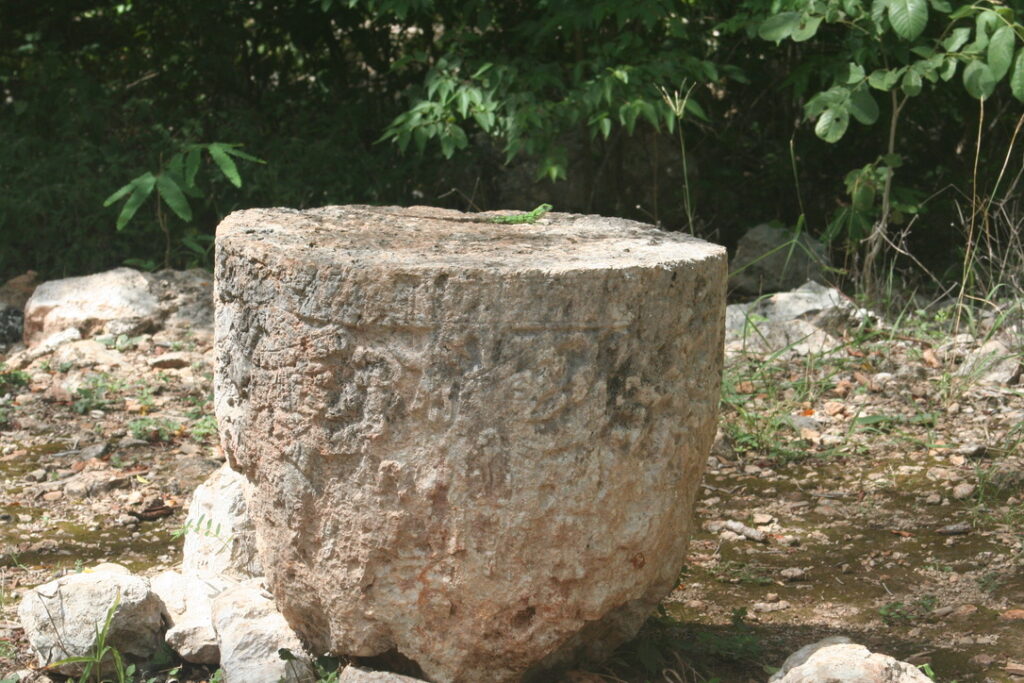
Some tips & impressions on your visit to Kabah & Labná
- If you’re really interested in Maya-history – or even fascinated by it, like me – prolong your stay in or near Uxmal. Hire a car or taxi. As an alternative you can even visit Kabah & Labná, hiring a bike.
- While Uxmal is expensive, at least for foreigners, Kabah & Labná are still affordable. I don’t even remember what we paid, but it’s far less then the bigger & more popular Maya-sites like Uxmal, Chichén Itzá and Tulum. Because there aren’t that many visitors, it may be hard sometimes to find someone who sells you a ticket. Just kidding… although.
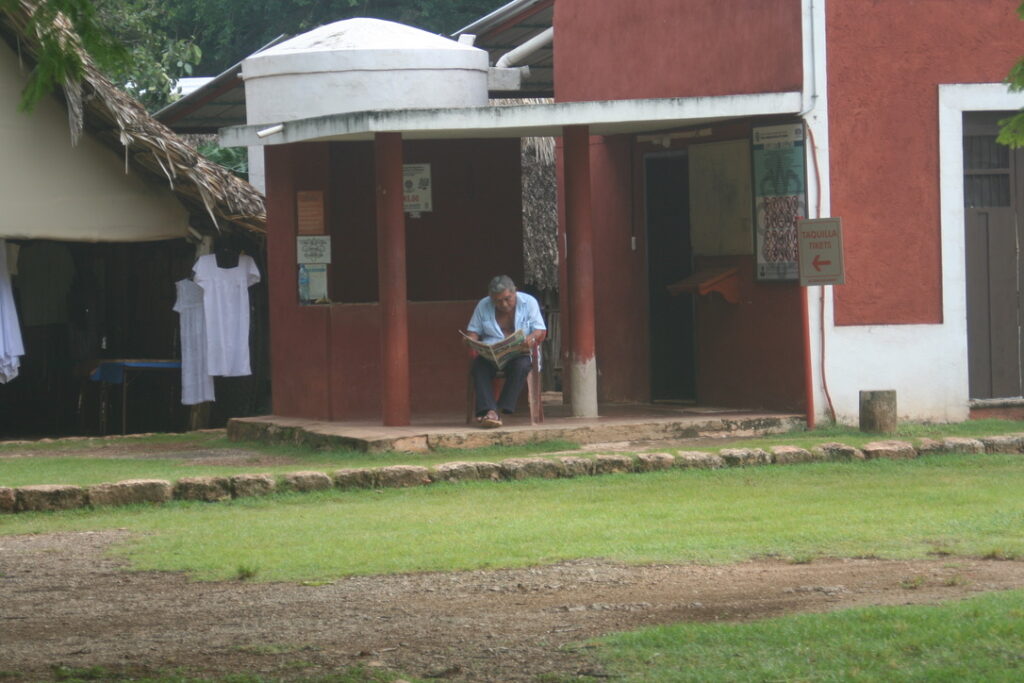
- Both sites aren’t researched and restored as others are, but as impressive & beautiful. Besides visiting them on your own, you can explore every part of it. Climb on every temple, peak in every room.
- Kabah, nor Labná have a site museum to visit. Although Uxmal has one, it was very small and not that interesting. All these Maya-cities deserve an onsite museum. Telling something about the past history of the city, but also its rediscovery.
- Bring snacks & drinks, as there aren’t any for sale in Kabak & Labná. And …. it’s hot.
- I want to go back asap and combine a visit to Kabah & Labná with some others nearby. All in the same area. Along one single road, as I remember. So, if you’ve time & the energy, combine the two with others, like Sayil.
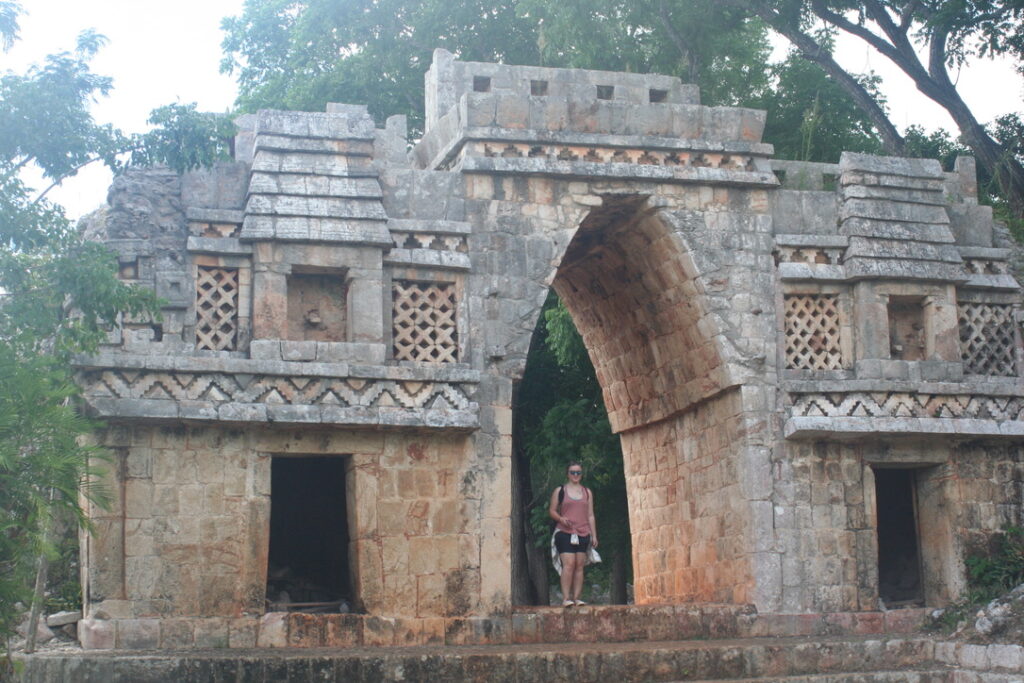
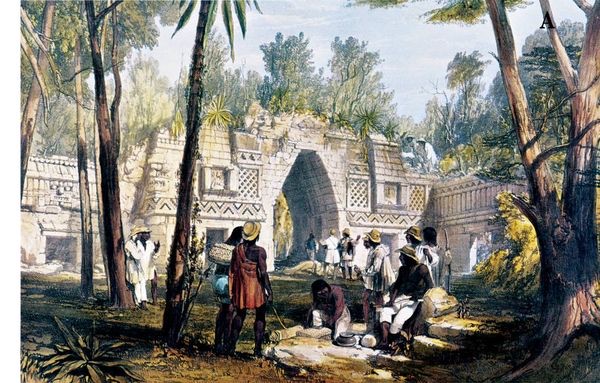
Reading about Kabah & Labná
I’m sure there are some specific scientific works published about both cities, but I’d recommend you to read some general books.
Like the book I mentioned on several other pages in the Mundo Maya-segment of this blog: The Ancient Maya, written by Robert J. Sharer & Loa P. Traxler, 2006.
Click on cover, if interested.
(“Paid link”)

Or the beautiful travel books written by John L. Stephens, with drawings from Frederick Catherwood: Incidents of Travel in Yucatán. At the end of Volume I there’s a whole chapter on Kabah. While Chapter 3 of Volume II is dedicated to Labná.
Click on cover, if interested.
(“Paid link”)

For an overview of my personal favourites, go to: Top #12 Maya-sites
For an overview of all travel posts of my blog, go to: the Home Page.
- Final message, for fellow travel writers & bloggers: TravelPayOuts is a global integrated affiliate program focused exclusively on travel offers. If it works for me, it will probably work for you too: TravelPayOuts.


